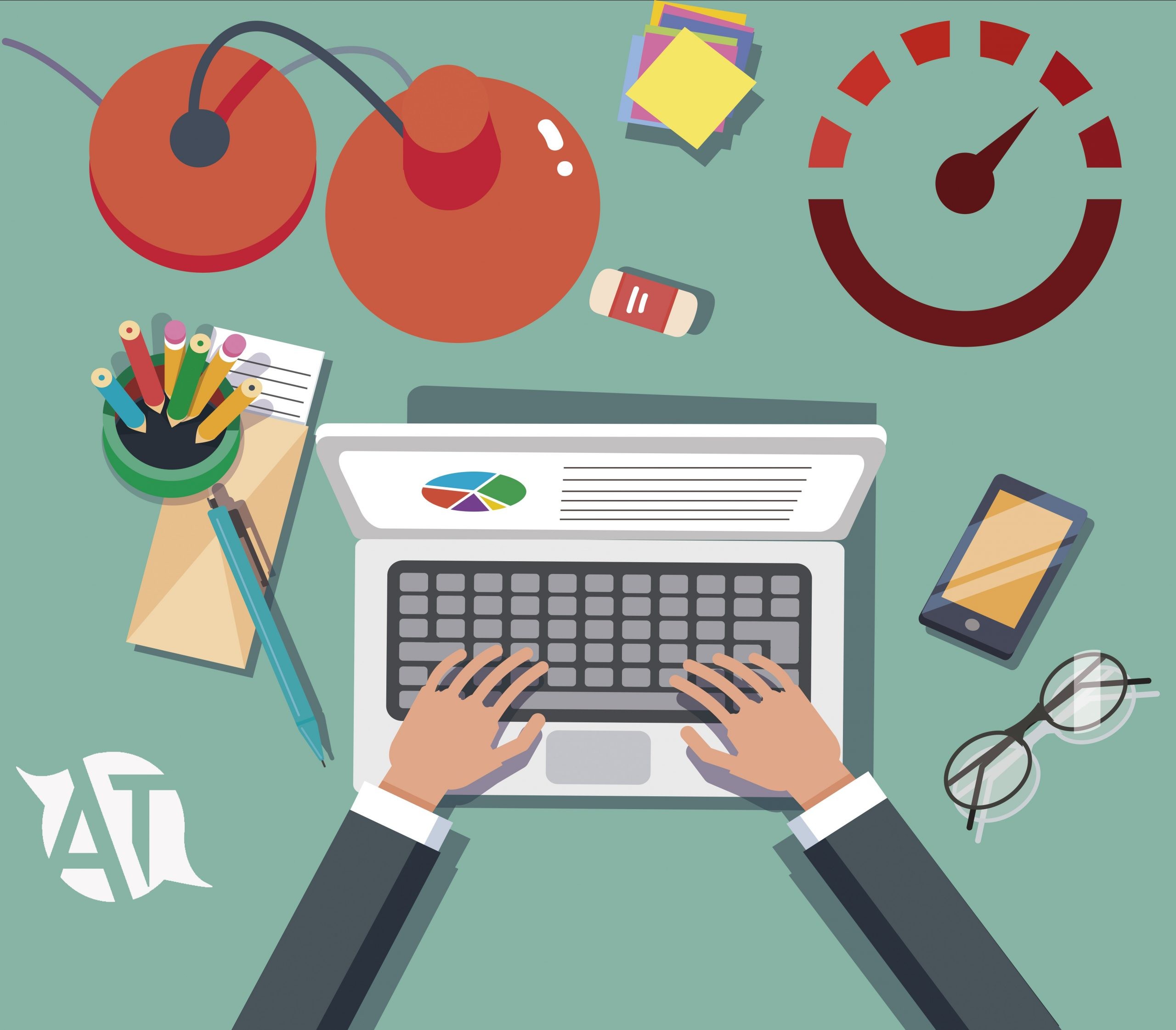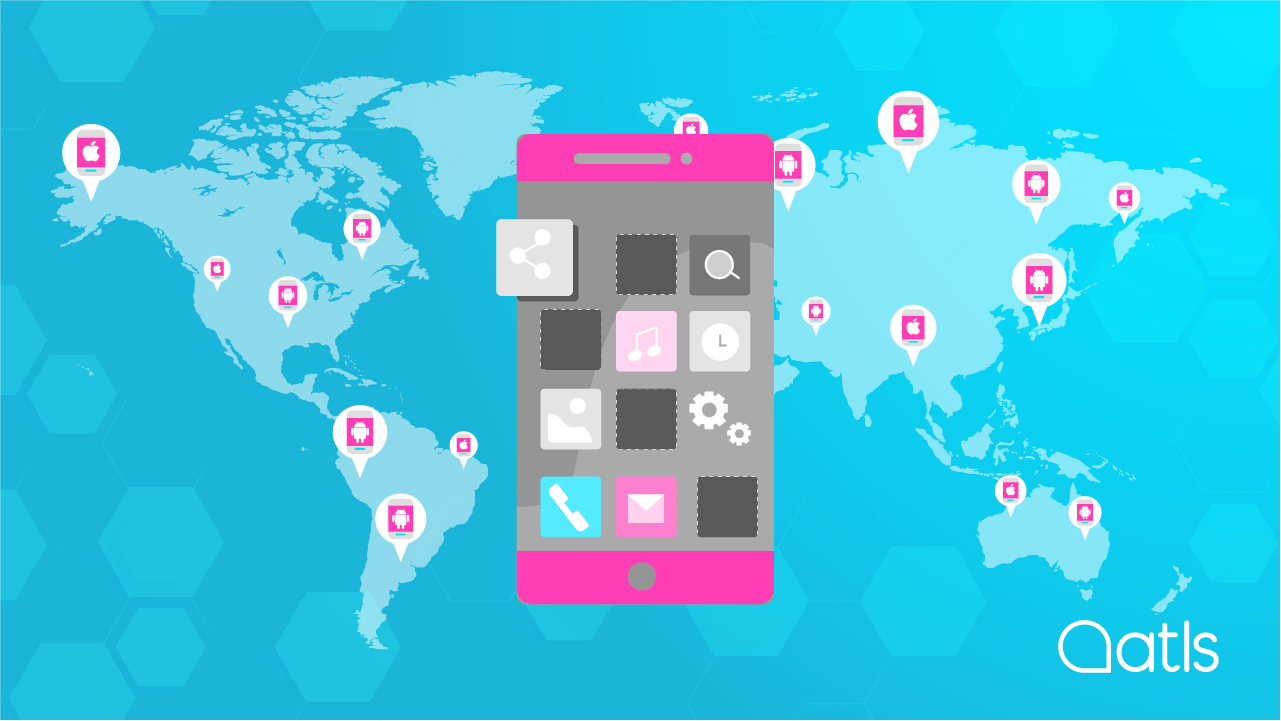How to speed up the translation process

When you're dealing with the annual accounts of your company, a press release, an international marketing plan, a user manual or any other sensitive corporate material that needs to be translated, you want to ensure you get a quality translation which is true to the original but which also flows naturally in the target language. How can you make sure that, as well as receiving a good translation, the entire process runs as smoothly and efficiently as possible? If you want your business information to help you reach your target audience with quality in record time, just follow these five basic tips to speed up the process:
Think universally
The process of speeding up the translation begins before sending the text for translation, when the document itself is conceptualised. Often, particularly for digital content, it's advisable to hire localisation services (adapting content to the market and cultural environment of the target language), however, if what you need is to have your translation ready sooner rather than later, it makes things easier if you try to make the message universal enough that it doesn't lead to poor interpretations in other cultural contexts. It's also helpful to think globally in terms of format: making sure the file is editable and that it's a standard as opposed to a proprietary format, for instance, will make the translator's life easier and avoid delays due to handling time.
Perfect and simplify
Before delivering your document for translation, it's helpful to refine the content as much as possible and send, where possible, one single final version, instead of multiple files with changes. The time wasted chasing down differences is not effective translation time. You will ensure better quality, efficiency and turn-around time if you deliver the "cleanest" possible version.
Another question you might like to ask yourself is: are you sure you need to translate all of it? In the words of Antoine de Saint-Exupéry: "Perfection is achieved, not when there is nothing more to add, but when there is nothing left to take away". Ask yourself if there is any universal symbol, illustration or image that conveys the same meaning without the need for translation. If you make sure that the message contains just the essentials and use icons or infographics to give more details, you'll save on words and the translation will not just be faster, but you'll keep the cost down too.
Choose the right translator
Now that you have the content ready to send of for translation, next comes the most important step -this is where you want to tread carefully. Although it can be tempting to save costs and try your hand at translating it yourself, or give it to an acquaintance who spent a summer abroad learning the lingo, the results can be utterly catastrophic, wasting your time and costing you your market credibility if the contents actually reach publication. Just as we would never entrust open-heart surgery to someone with no medical qualifications, it's important to entrust our key business information to agencies and professional, certified translators who are native speakers of the target language and preferably specialised in the relevant field. In this way, we'll avoid running risks, wasting time and money, and we'll ensure not just quality, but also speedier execution.
Provide information to speed up the translation process.
So, now we've chosen our translator (or agency, who will assign your project to the most suitable translator). At this point, it's important to help them get a perfect understanding of the context of your material. It can be useful for the translator to be given, along with the document for translation, any other information you feel could add value: reference documents, links to websites with additional material, similar documents that have already been translated, etc.
For highly specialised texts, you will facilitate the task if you provide a glossary of the most commonly-used terms or a style book that will provide them with guidance as to your company's specific preferences. And, if you have any, providing translation memories from previous projects doesn't just guarantee greater accuracy in the translation, but it will also lower the cost and definitely speed things up.
The translation process needs to be realistic
Even though there are exist increasingly accurate tools that can help translators and agencies to cut down on turn-around times and be more efficient, we must remember that it's still human beings translating your documents. A skilled professional can translate a maximum of 2,500 words per day. Although an agency can dedicate more resources to your project to get it done quicker, each member of the team can only translate a certain number of words. Depending on the length and specific nature of your content, the delivery date may take longer. It's not realistic to expect a professional, quality-assured translation on a very complex project in a 24-hour lead time.
That said, if you have followed our advice above, your translation is sure to be ready even quicker than you think!
At ATLS we translate 4,500 language combinations, with the quality guarantee of ISO certification: 17100. We have an international network of over 8,000 qualified professionals, natives of the target languages and specialised in over 40 fields, from banking to gastronomy. We're sure to be able to help you with your company's translation projects. Shall we talk?




